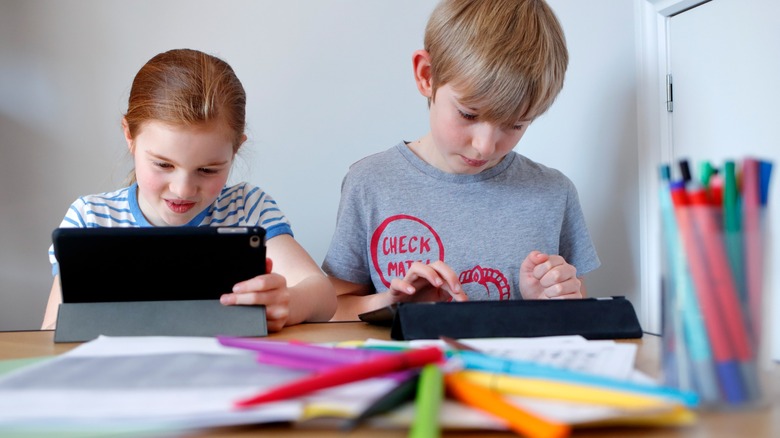Protecting Your Teens & Kids Online Just Got Much Easier If They Use Apple Devices
The internet has never been more dangerous for kids. From online predators to inappropriate content, the threats teens face today are quite different from what most parents grew up with. That's why tools like Apple's Family Sharing mattered so much to me when my younger sister first got her iPad. She could download whatever she wanted, but every request came through me. One tap allowed me to approve or decline. It sounds small, but it kept her from wandering into the darker corners of Roblox — a platform that has recently gained notoriety as a stalking ground for creeps.
Now, Apple is making that process even easier. With the release of iOS 26 and its latest software updates across iPhone, iPad, Mac, Apple Watch, Vision Pro, and even Apple TV, new parental control features are designed to give families stronger defenses without sacrificing privacy. One of the biggest changes is a streamlined setup for Child Accounts. Parents can create accounts for kids under 13 (and even verify or correct birthdays later) with Apple applying safe defaults automatically.
Age-appropriate settings aren't just for little kids anymore, either. Apple is extending protections to teens 13 to 17, including web content filters and Communication Safety that flags and blurs explicit images in Messages, FaceTime, or shared Photos.
Privacy is still at the center
With the new Declared Age Range API, parents can choose to share only an age band (like 9 –12 or 13 –15) with apps rather than full birthdates, helping developers tailor experiences without collecting unnecessary data. Apple's PermissionKit also now requires kids to ask before contacting unknown people across Apple and third-party apps, tightening a loophole predators have often exploited.
Even the App Store is getting a refresh: new age categories (13+, 16+, 18+), clearer disclosures about ads and user-generated content, and parental controls that automatically hide apps beyond the family's set limit. For parents, tools like this aren't about control for control's sake. They're about setting guardrails until kids are mature enough to handle what's out there.
But those tools work best when paired with something no company can provide: engaged parenting. Conversations, trust, and teaching kids how to recognize red flags online all have a role to play in ensuring digital safety. The tech can help, sure, but it's your involvement that keeps those defenses effective.

